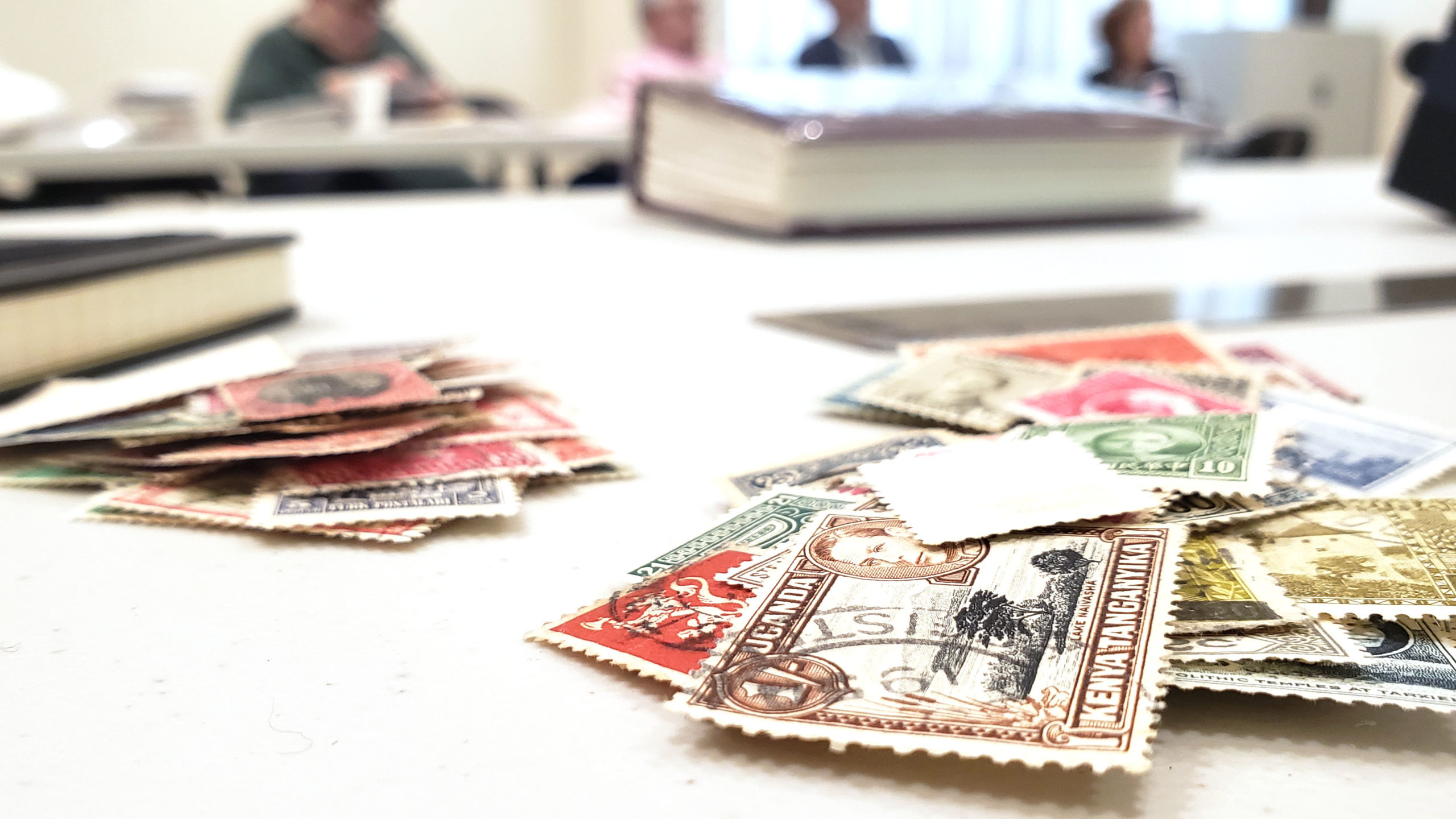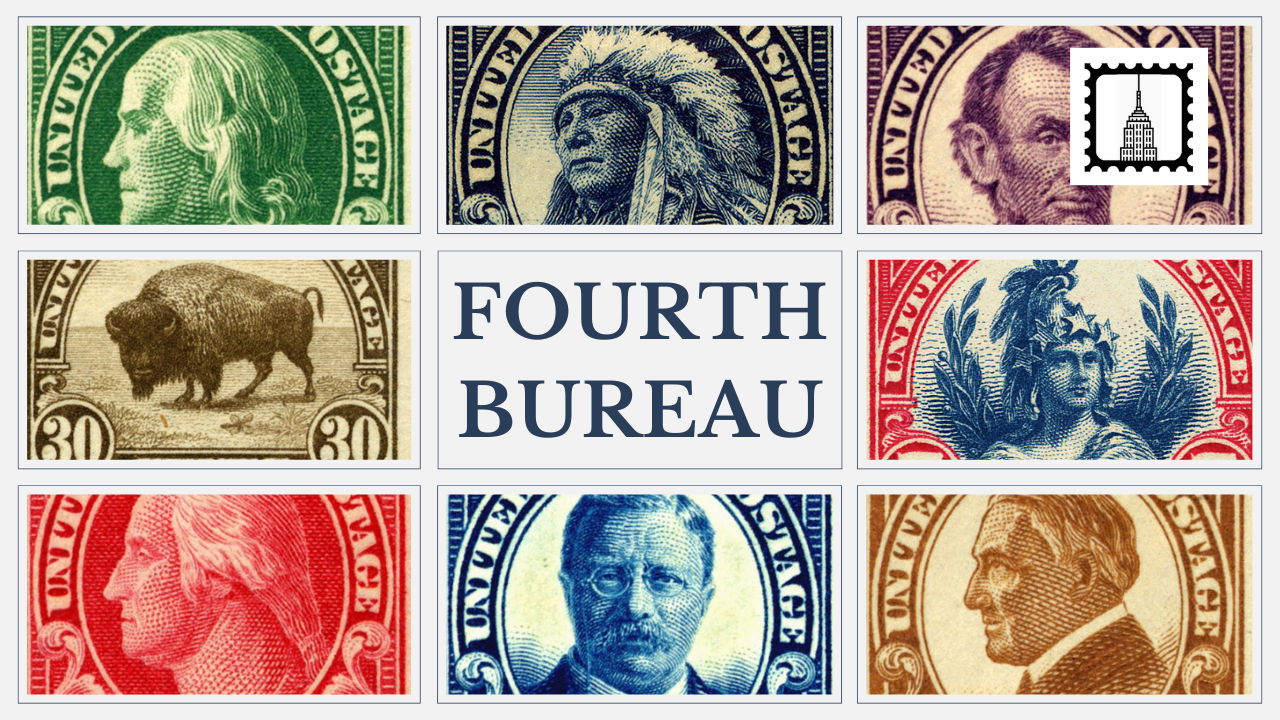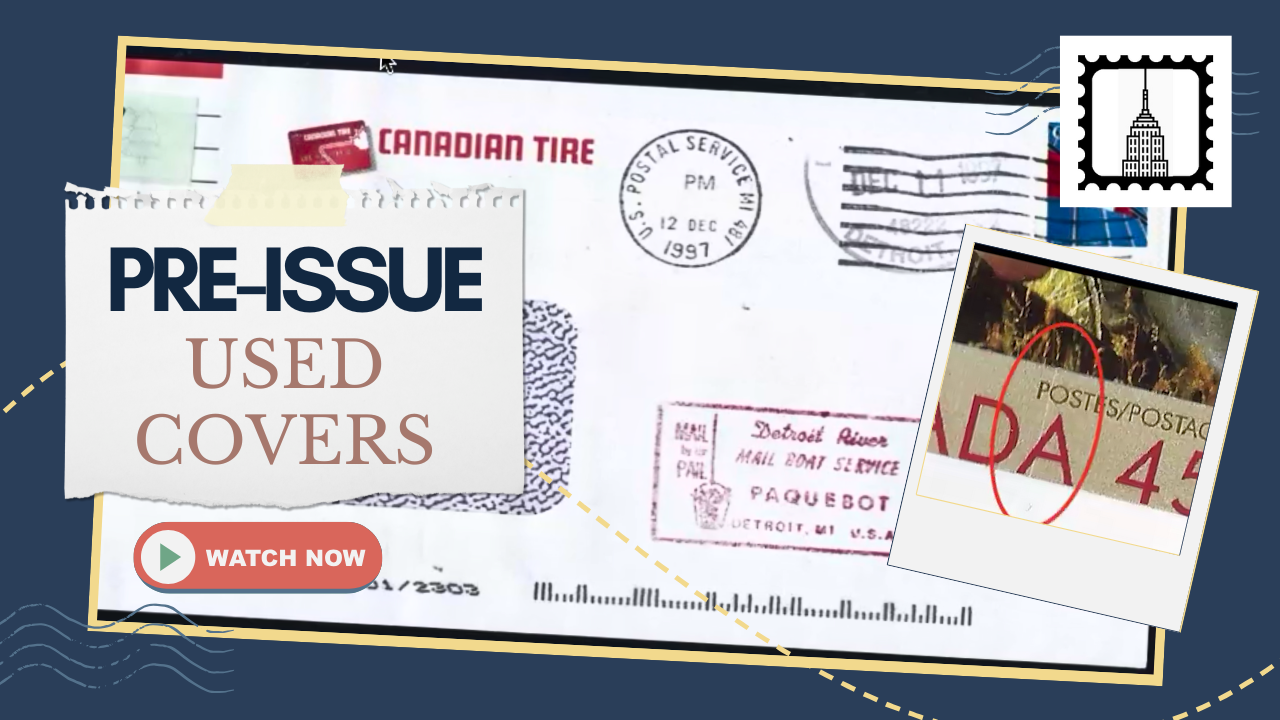n 1959, the U.S. Postal Service released a unique commemorative stamp to celebrate the centennial of the American oil industry. Designed with a stark, modern drilling rig, this stamp commemorated the centenary of the first successful oil well drilled in Titusville, Pennsylvania, by Edwin Drake in 1859. Known as the Drake Well, this site marked a pivotal moment in industrial history, sparking an oil boom that transformed Pennsylvania and helped shape the American economy.
The Drake Well and the Birth of Industrial Oil Drilling
The stamp’s story begins with Colonel Edwin Drake’s daring venture into the unknown. In the mid-19th century, most believed oil could only be collected from surface sources, but Drake had a bold idea: drill deep into the earth to extract oil. After overcoming numerous obstacles—such as water seeping into the well and causing delays—Drake’s persistence paid off. By late August 1859, he successfully drilled an oil well that quickly surpassed Europe’s entire oil output from the prior 200 years. Drake’s innovation not only established Titusville as a booming oil town but also laid the groundwork for the modern oil industry and opened up new economic opportunities across the United States.
The 1959 Commemorative Stamp: A Tribute to Vision and Enterprise
Designed by renowned architect and industrial designer Robert Foster, the 1959 oil centenary stamp was more than a symbol; it was a testament to the spirit of innovation. Foster, already well-known for his monumental sculptures, crafted the stamp’s central image to depict a recognizable oil rig. The stamp’s circulation aimed to remind the public of the achievements possible through courage, free enterprise, and perseverance.
With nearly 130 million copies distributed globally, the stamp became a small yet powerful reminder of the historic role of oil in shaping modern America. Foster’s design intentionally portrayed a modern drilling rig instead of the more obscure look of the 1859 Drake Well, ensuring that anyone who looked at the stamp would instantly recognize the connection to oil drilling.
First Day Covers and Artistic Significance
Beyond the stamp itself, collectors were captivated by the unique first-day covers released alongside it, including one illustrated by American artist Norman Rockwell. Rockwell’s cover art emphasized the value of freedom and progress, values that were central to the philosophy behind Drake’s original venture. Today, these covers are cherished collectibles, representing the intersection of art, history, and industry.
Anton Sokolov, the presenter, even provides a QR code during his talk, linking to an extensive library of these first-day covers for those interested in exploring further.
Attempts to Recognize the Oil Industry through Philately
Interestingly, the journey to commemorate the oil industry in stamps was fraught with challenges. Initial proposals for an oil industry commemorative stamp began as early as 1934, on the industry’s diamond jubilee, but were denied due to political and environmental controversies surrounding the industry. Another attempt surfaced in 1949, only to be blocked once again. It wasn’t until 1959—under strong public support—that the Postal Service finally released the four-cent oil centenary stamp.
In 2009, an enthusiastic group tried to create another commemorative stamp for the 150th anniversary of Drake’s well, but due to modern-day environmental concerns about the oil industry, the proposal was again rejected.
Oil Philately and Global Influence
As Anton explains, the United States is not alone in featuring oil in philately. Approximately 170 countries have issued stamps with themes related to oil, from oil rigs to OPEC logos, highlighting the significance of petroleum as a universal energy source. In the U.S., oil-related stamps are few, with the 1959 centenary and the 1950 California statehood stamp being notable examples.
Engineering Insights: The Need for Drilling Towers and Casing
A unique aspect of Anton’s presentation is his exploration of the engineering behind oil drilling, particularly the role of drilling towers and casing pipes. Unlike mining for coal or metal ores, which can be done through larger pits, oil extraction requires a narrow drill hole reinforced with strong casing to prevent collapse and control the inflow of water and gas. This engineering solution, pioneered by Drake, transformed oil drilling, establishing methods that would be used for over a century.
The casing also helps prevent the contamination of groundwater and maintains the well’s stability. Modern drilling rigs and equipment build on Drake’s early methods, creating a legacy of engineering innovations in oil extraction that continue to this day.
A Lasting Tribute to the Oil Industry
The 1959 U.S. oil centenary stamp is more than a simple commemorative piece; it represents a celebration of human ingenuity, the spirit of exploration, and the transformative power of the energy industry. From Drake’s daring well to the artistry of Foster and Rockwell, the story behind the stamp is one of progress and industrial might. Whether for philatelists or history enthusiasts, this stamp offers a tangible connection to a pivotal era in American history.
You can check out Anton’s Youtube where he has a number of more indepth marvelous Russian presentations on oil philately: https://www.youtube.com/@oilgasphilately






